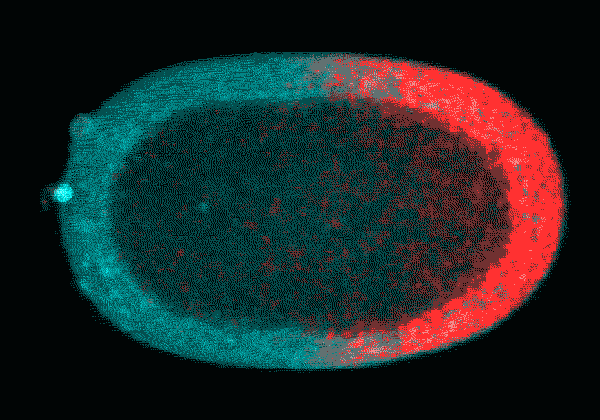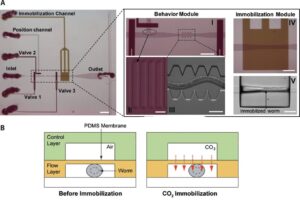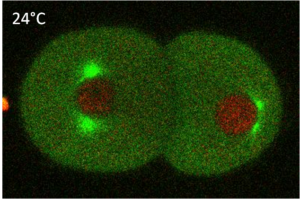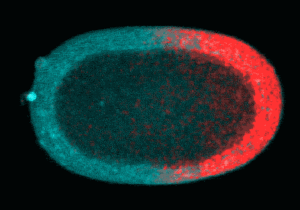Introduction
During early embryonic development polarity and asymmetric division are essential elements. In this paper Lars Hubatch et al. showed the significance of cell size in stem cell-like germ lineage in C elegans embryo cells. They found a threshold in the cell-size, able to induce the state of polarity or not. It means that a reduction in the cell size can then disrupt cell polarity, thus, involving a change of fate. This also implies the capacity of cells to obtain information about their geometry and its impact on intracellular processes leading to decisions like division. This study supports the importance of the physical environment and potential adaptation to diseases such as cancer, and the understanding of cell fate decision-making.

Ultra fast temperature shift device for in vitro experiments under microscopy
Abstract
“Reaction–diffusion networks underlie pattern formation in a range of biological contexts, from morphogenesis of organisms to the polarization of individual cells. One requirement for such molecular networks is that output patterns be scaled to system size. At the same time, kinetic properties of constituent molecules constrain the ability of networks to adapt to size changes. Here, we explore these constraints and the consequences thereof within the conserved PAR cell polarity network. Using the stem-cell-like germ lineage of the C elegans embryo cells as a model, we find that the behavior of PAR proteins fails to scale with cell size. Theoretical analysis demonstrates that this lack of scaling results in a size threshold below which polarity is destabilized, yielding an unpolarized system. In empirically constrained models, this threshold occurs near the size at which germ lineage cells normally switch between asymmetric and symmetric modes of division. Consistent with cell size limiting polarity and division asymmetry, genetic or physical reduction in germ lineage cell size is sufficient to trigger loss of polarity in normally polarizing cells at predicted size thresholds. Physical limits of polarity networks may be one mechanism by which cells read out geometrical features to inform cell fate decisions.”



